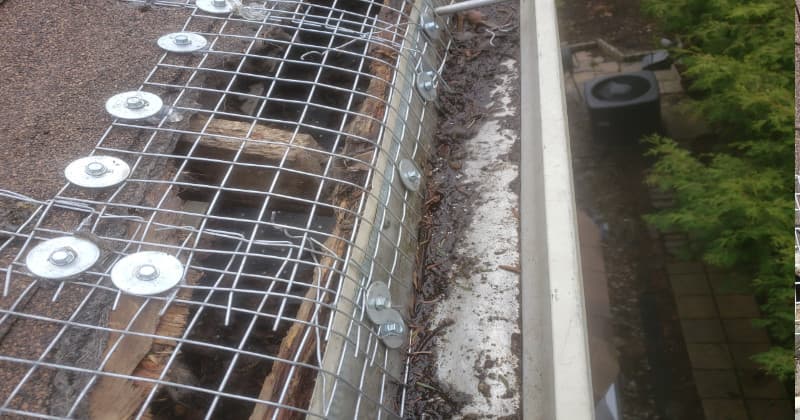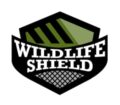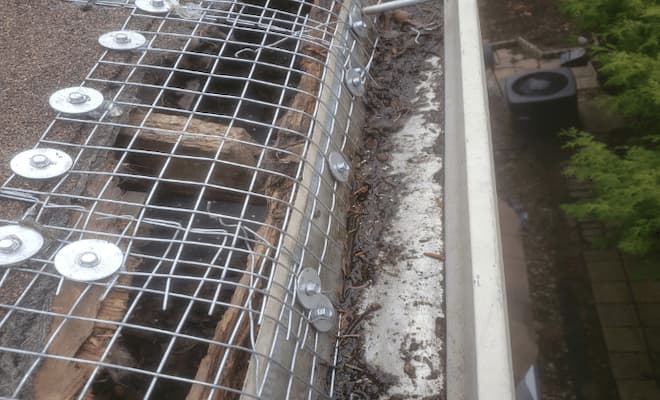The following case study highlights a raccoon break-in in a residential property in Vaughan . The property owner complained that raccoon activity was going on for several months. A technician was dispatched to the site to conduct an exterior inspection. The exterior inspection is one of the most important aspects of the entire exclusion process and determines the tone for the rest of the process. The technician thoroughly checked the perimeter of the site to see if there were any weak spots or areas that could’ve been exploited by raccoons and other wildlife animals such as squirrels and skunks.
Exterior Inspection
Older homes that are in historical cities and/or neighborhoods have a higher chance of being the victim of a raccoon break-in. Roofs and fascias can considerably deteriorate over time when the property is not maintained.
The technician also inspects the areas for other vulnerabilities around the properties such as missing window seals, missing vents, and other foundational damages that are caused through wear and tear over the years. The technician found the source of the raccoon break-in and located it near the fascia on top of the roof. The entry point was a considerable size and needed exclusion immediately.
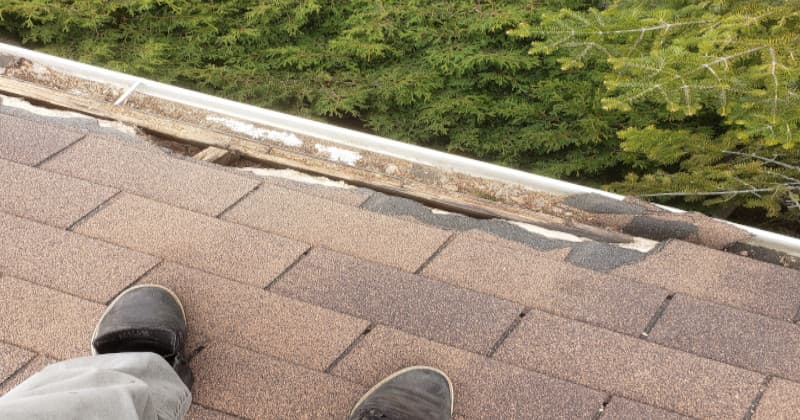
Initial measures taken
A one-way door was installed on top of the entry point and was held in place and secured with bolts and washers. The One-Way door is a clever mechanism that allows the animal to exit the property without being harmed or injured. The One-Way door swings one direction, and that is out.
After the One-Way Door was installed, the technician comes back for a follow-up visit. This is because the raccoon took some time to vacate the attic.
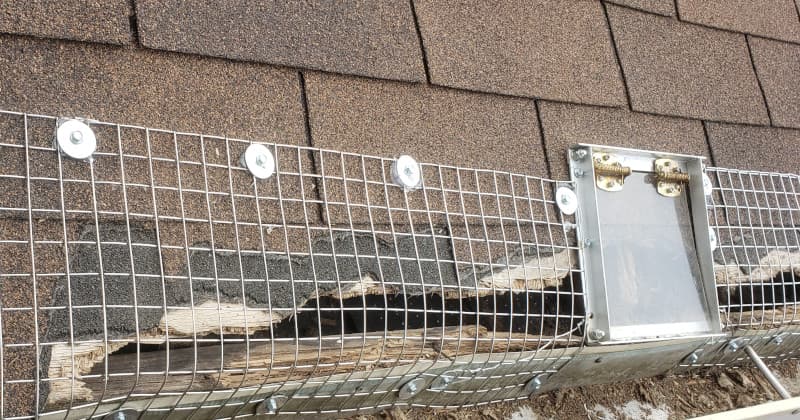
Follow-up Visit
In an unexpected move, the same raccoon returned, but found another way to get back in by making another entry point in the soffit at the front yard. It was an entry point that the customer sealed themselves. The new entry point got sealed and the attic was re-inspected by the technician. To make sure there were no baby raccoons inside, a thermal camera was used. The thermal camera visually represents cold fronts and warm fronts. The thermal camera indicated no presence of the baby raccoons.
The baby raccoons were eventually found outside and taken care of by technician afterwards.
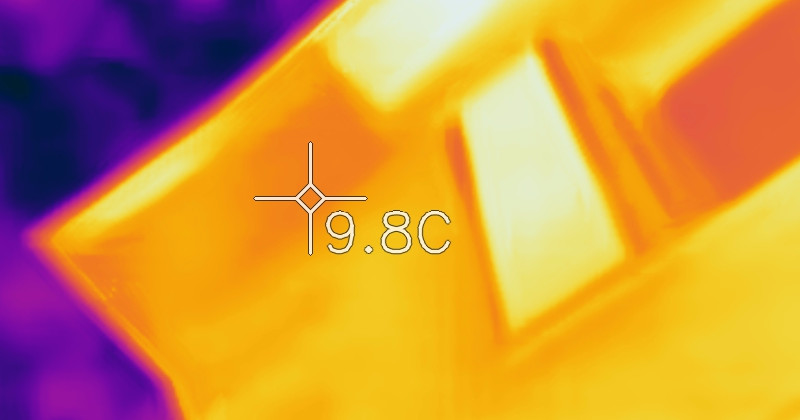
Conclusion
The raccoons were removed, and the baby raccoons were also removed. The most important part was the exterior inspection. Raccoon are a normal occurrence in urban cities and homes should be guarded against raccoons.
The technician removed the raccoon in the most ethical and safe way possible. Which had no impact on the well-being of the raccoon. It is very important that you recognize the signs of a raccoon break-in and keep your eyes open for unusual sounds. Raccoons are very active during the night and sounds may give away their presence as the homeowner noticed for several months. Immediate action is required by professional and licensed technicians who can put an end to the raccoon break-in as was witnessed in this case study.
